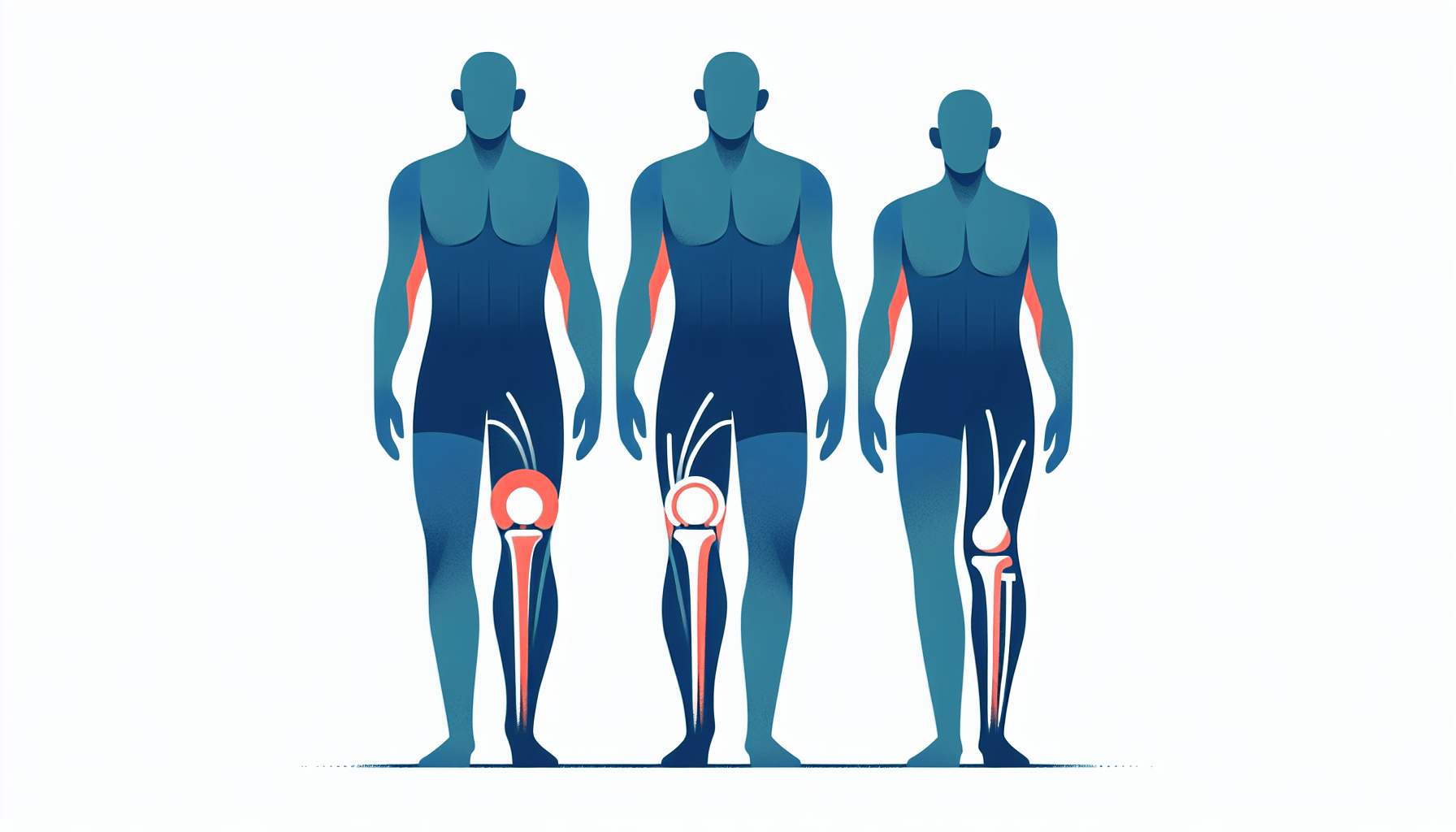Tirzepatide for Sleep Apnea - Can It Help?
Understanding Sleep Apnea and Its ChallengesSleep apnea is a common yet serious sleep disorder characterized by repeated interruptions in breathing during sleep. These pauses [...]
Read More
Medically reviewed by Abhijit Bhattacharyya | MD, PhD, MBA, Tufts University School of Medicine - Miami, Florida on January 31st, 2024.
If you're experiencing persistent knee pain and limited mobility due to severe arthritis or injury, and conservative treatments like medicines, injections, and physical therapy haven't provided relief, it might be time to consider knee replacement surgery. Also known as arthroplasty, knee replacement surgery is a common procedure that can help alleviate pain and improve your ability to move freely.
During knee replacement surgery, an orthopedic surgeon removes the damaged parts of the knee joint and replaces them with artificial components made of metal, ceramic, or plastic. The artificial joint is then attached to the thigh bone, shin, and kneecap using a special material such as acrylic cement. The procedure typically takes 1 to 2 hours and is performed under general anesthesia.

The most common reasons for undergoing knee replacement surgery include:
Osteoarthritis: An age-related condition that occurs when the cartilage cushioning the knee joint breaks down, causing pain and stiffness.
Rheumatoid arthritis: An autoimmune disorder that causes the body's immune system to attack and destroy the lining of the knee joint.
Knee deformities: People with bowed legs or knock-knees may opt for surgery to restore proper knee alignment.
Knee injuries: Severe fractures or ligament tears around the knee can lead to arthritis and significant pain and limited movement.
There are several types of knee replacement surgery, including:
Total knee replacement: The most common type, involving the replacement of the entire knee joint surface.
Partial knee replacement: Suitable for patients with arthritis affecting only one side of the knee and who have strong ligaments and healthy cartilage in the rest of the joint.
Patellofemoral replacement: Replaces only the under-surface of the kneecap and the groove it sits in, effective for those with chronic kneecap arthritis.
Complex (or revision) knee replacement: May be necessary for patients with severe arthritis or those who have undergone multiple previous knee surgeries.
Cartilage restoration: Replaces isolated areas of damaged cartilage with living grafts or cells that grow into new cartilage.
Knee replacement surgery has come a long way since its introduction in the early 1970s. Today, surgeons can choose from a variety of knee implant designs that cater to a patient's specific anatomy, height, weight, and activity level. Some implants are even designed specifically for women to ensure a better fit. With modern advancements, knee replacements can now last up to 20 years or more, providing long-term relief and improved quality of life for patients.
If you're considering knee replacement surgery, consult with an experienced orthopedic surgeon to discuss your options and determine the best course of treatment for your individual needs. With the help of this life-changing procedure, you can look forward to reduced pain and increased mobility, allowing you to enjoy the activities you love once again.
For more information on knee replacement surgery, visit:
Understanding Sleep Apnea and Its ChallengesSleep apnea is a common yet serious sleep disorder characterized by repeated interruptions in breathing during sleep. These pauses [...]
Read MoreHeart attacks are often perceived as a predominantly male health issue, but the reality is that heart disease is the leading cause of death for women worldwide. Recognizing [...]
Read MoreTelehealth has transformed the way patients access healthcare, offering convenience, speed, and accessibility that traditional in-person visits often cannot match. With the [...]
Read More